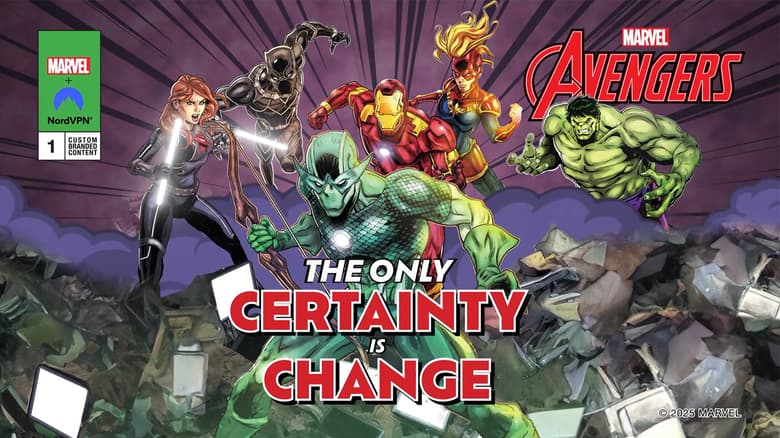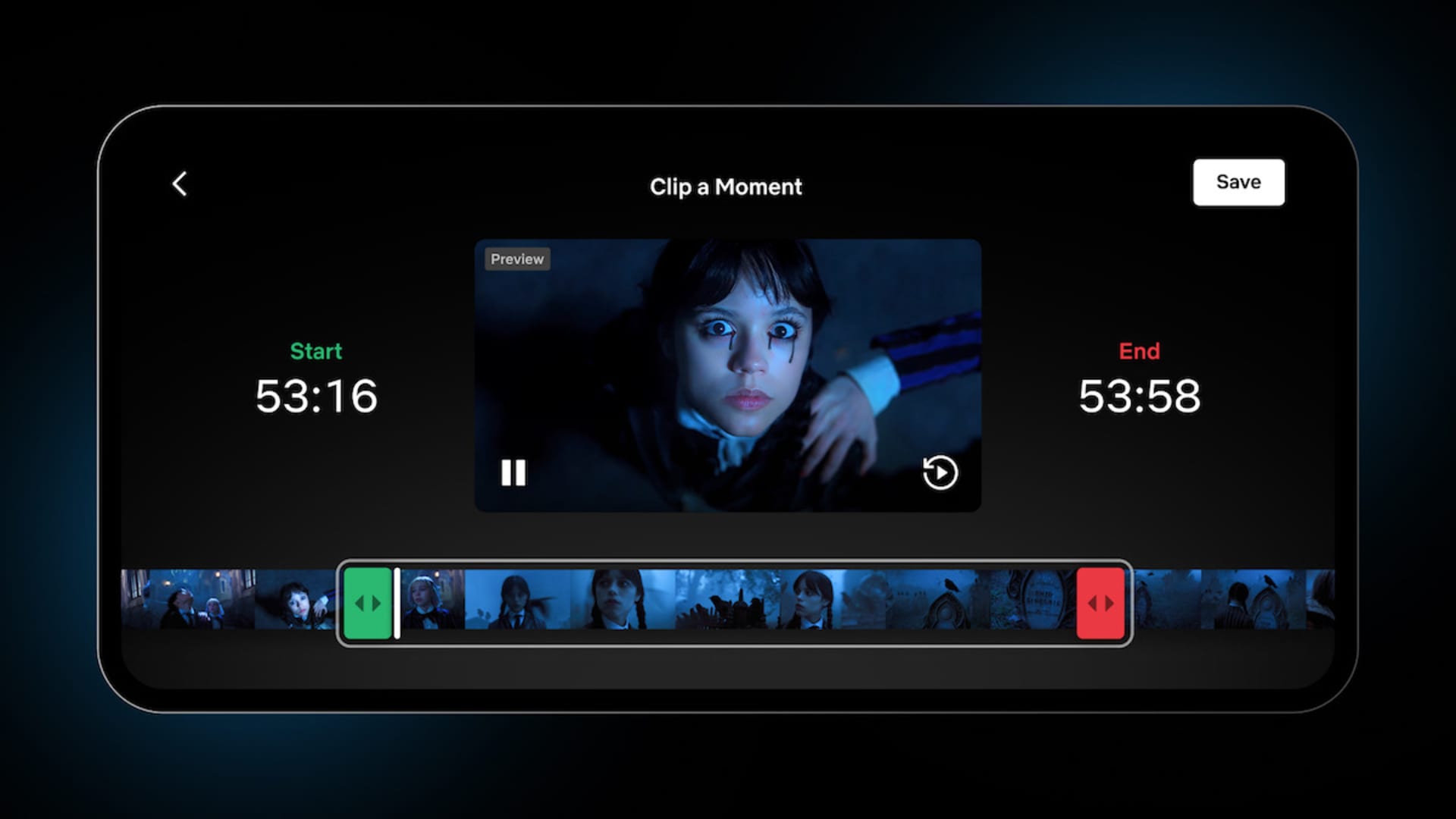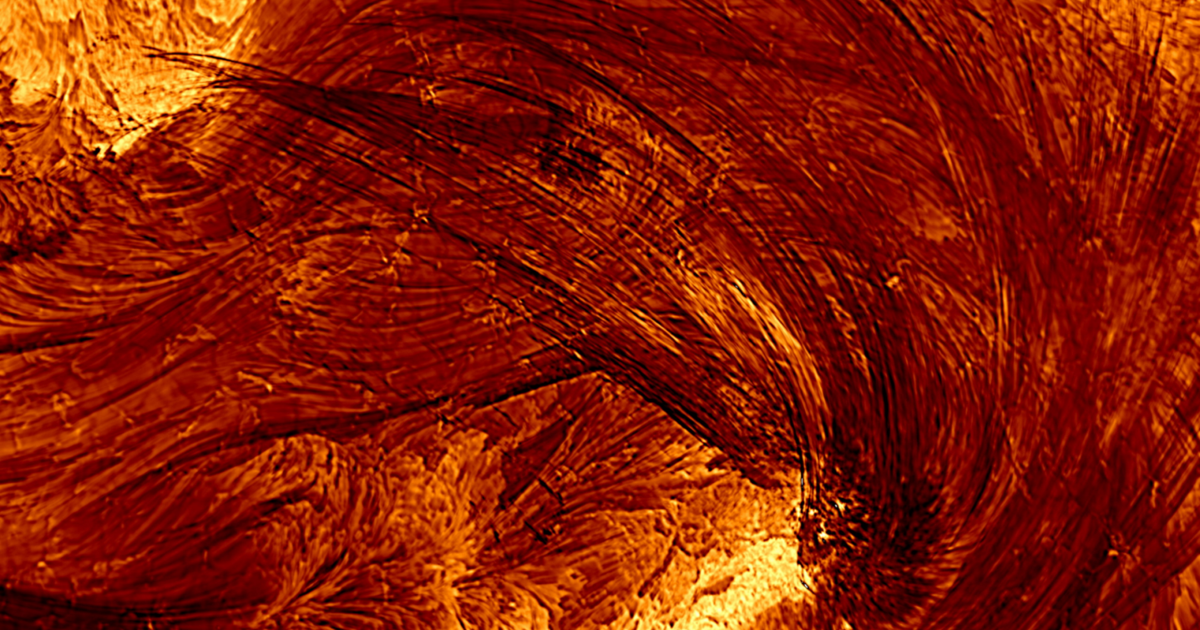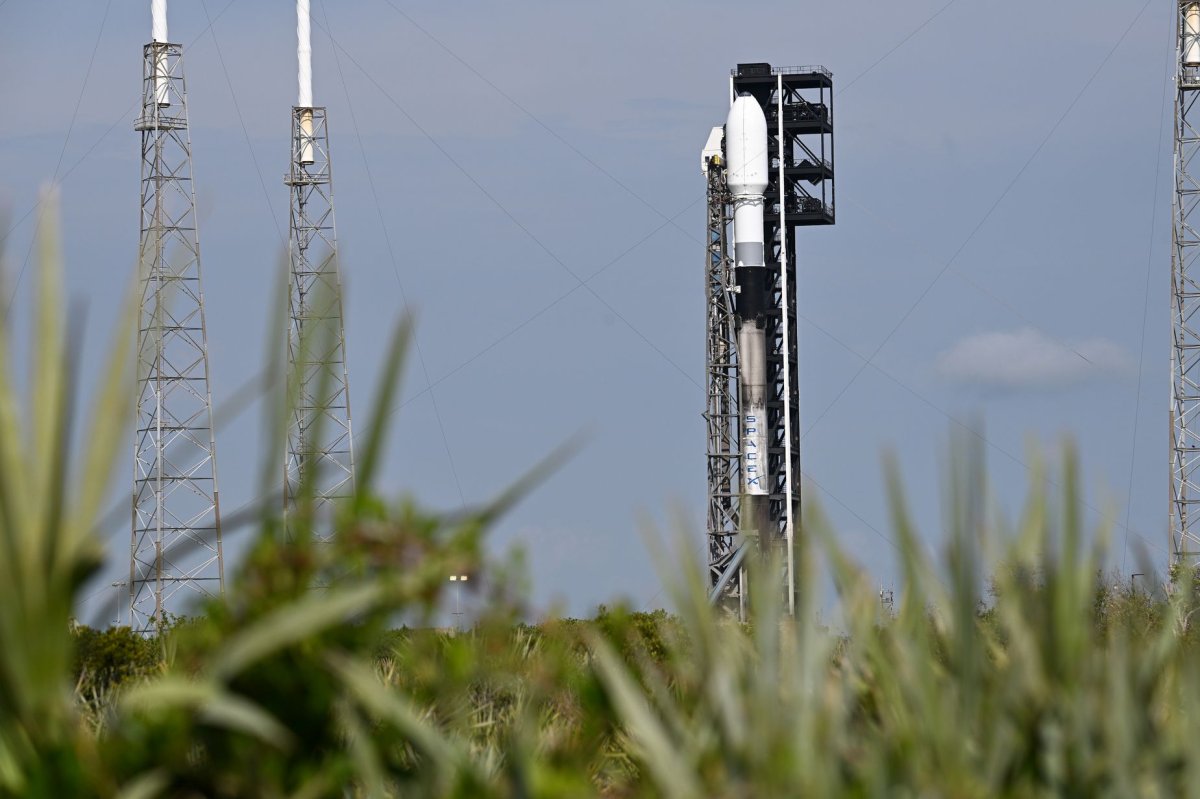Investigators have identified the presence of at least 1 modifiable risk factor for birth defects in two-thirds of reproductive-aged women, publishing their findings in the American Journal of Preventive Medicine.1
These findings included low red blood cell (RBC) folate concentrations in 1 in 5 women, diabetes in nearly 5%, obesity in 1 in 3, and tobacco exposure in nearly 1 in 5. Investigators stated that this data can be used to identify and challenge modifiable risk factors to reduce the risk of birth defects.1
“The most significant finding—that two-thirds of women of reproductive age had at least one modifiable risk factor—highlights how common these changeable risk factors are. The good news is that they can be lowered,” said Arick Wang, PhD, epidemiologist at the CDC.1
Assessing risk factors
Data from a US sample was obtained through household interviews and in-person health examinations.2 Investigators also conducted 2 dietary-intake 24-hour recall interviews for each participant to complete. The collected data was categorized into 5 cycles of 2 years and 1 pre-pandemic cycle of 3.2 years, all from 2007 to March 2020.
Women of reproductive age (WRA) status was determined through self-reported sex and age, with reproductive age defined as 12 to 49 years. Patients with a positive pregnancy test or self-reporting pregnancy or lactation were excluded from the analysis.2
There were 5,374 nonpregnant, nonlactating WRA included in the final analysis, 66.4% of whom presented with at least 1 known risk factor of birth defects and 10.4% with 3 or more based on the all-risks profile. When assessing risks with the nonfolate risk profile, these rates were 59.1% and 6.3%, respectively.2
Nutritional supplement use and folate intake
Of WRA, 6.7% had very low food security, while consumption of FA-containing supplements was reported in approximately 28% and both FA- and B12-containing supplements in 27.2% Consumption of supplements with at least 400 µg/day of FA was reported in only 12.6%.2
When excluding supplement use, 98.7% of patients had FA intakes under 400 µg/day. RBC folate concentrations under 748 nmol/L were reported in 19.5%, obesity in 33.8%, diabetes in 4.8%, and prediabetes in 28.9%.2
An increasing trend of women with at least 1 known risk factor was observed over time, from 65.3% between 2007 and 2010 to 69.5% between 2015 and 2020. Rates of women with at least 1 nonfolate risk also rose from 55.3% to 64%, while the prevalence of RBC folate concentrations 748 nmol/L declined from 23.4% to 17.9%.2
Trends over time
Rates of very low food security, total FA intake under 400 µg/day, obesity, diabetes, and prediabetes increased over time, while rates of active tobacco use and daily FA intake over 400 µg/day decreased. A correlation was reported between age and presenting with at least 1 risk factor.2
Non-Hispanic Black and Hispanic patients were significantly more likely to present with at least 1 risk factor vs White patients, with rates of 80.4%, 70%, and 62.2%, respectively. For the nonfolate risk profile, these rates were 70.3%, 62.8%, and 56.2%, respectively.2
These results indicated a high prevalence of modifiable risk factors for birth defects among US women. Investigators concluded women should visit their physician before pregnancy to prevent adverse outcomes.2
“Every growing family hopes for a healthy pregnancy and healthy baby. Understanding modifiable risk factors for birth defects helps families, health care providers, and public health professionals make data-informed decisions that can lead to healthier pregnancies and babies,” said Wang.1
References
- Two thirds of reproductive-aged women have at least one modifiable risk factor for birth defects, study reveals. Elsevier. August 26, 2025. Accessed September 3, 2025. https://www.eurekalert.org/news-releases/1095031.
- Wang A, Zauche LH, Crider KS. Trends and prevalence of modifiable risk factors for birth defects among US women of reproductive age: National Health and Nutrition Examination Survey 2007 to March 2020. American Journal of Preventive Medicine. 2025. doi:10.1016/j.amepre.2025.107947







